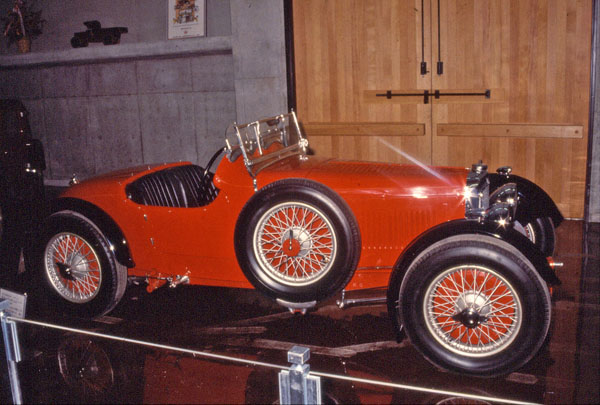When Sir Arthur Sutherland took control of Aston Martin in 1932 he introduced a new range of cars using proprietary components. These were built around a new chassis frame, a modified version of the 1.5-litre single overhead camshaft engine used in earlier models and a bought-in Moss transmission.
The chassis frame came in different lengths so a choice of wheelbase lengths – 2591 mm or 3048 mm – and a choice of two-seater and four-seater body styles were offered. This engine was extremely efficient for its time developing 62 kW.
Being well-priced the 1933 Le Mans sold well, helped no doubt by the success of the marque in the great race after which it was named.
As an indication of its performance it is interesting to note that Sir Donald Campbell selected this Aston Martin as his choice for everyday motoring. It certainly could outpace other popular sports cars of the time including the cheaper MG and Singer. It had a top speed of 136 km/h.
Its suspension followed the popular choice of the time using beam-axle front and rear. Also like many sports cars of that period it used two horizontal SU carburettors.
The long and low radiator design on this Aston Martin was a readily recognised feature and its low bonnet line with the roof folded inside the body gave it good looks.
They were also quite exclusive as between the production years of 1932 and 1933, only 130 Aston Martins of all types were produced.
